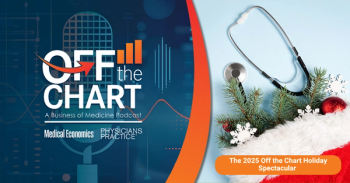
Social networking, games, email top online activities
Americans spend 40% of their time online participating in social networking activities, playing games, or emailing. Almost 25% of the time online is spent with social networking sites and blogs, up from 15.8%.
What are you and your patients doing when you're online? According to
Additional findings:
Online games overtook personal email to become the second most heavily used activity behind social networks, accounting for 10% of all U.S. Internet time. Email dropped from 11.5% of time to 8.3%.
Email and instant messaging saw double-digit declines in share of time, but email remains the third heaviest activity online (8.3% share of time), whereas instant messaging is fifth, accounting for 4% of Americans' online time.
The major portals experienced a double-digit decline in share but remained the fourth heaviest activity, accounting for 4.4% of U.S. time online.
Regarding cell phones, there was a double-digit (28%) rise in the prevalence of social networking behavior, but the dominance of email activity on mobile devices continues, with an increase from 37.4% to 41.6% of U.S. mobile Internet time.
Portals remained the second heaviest activity on mobile Internet (11.6% share of time).
Other mobile Internet activities seeing significant growth include music and video/movies, both seeing more than 20% increases in share of activity year over year.
Newsletter
Stay informed and empowered with Medical Economics enewsletter, delivering expert insights, financial strategies, practice management tips and technology trends — tailored for today’s physicians.








